What is a Bobtail Truck?
April 9, 2025
•5 minute read
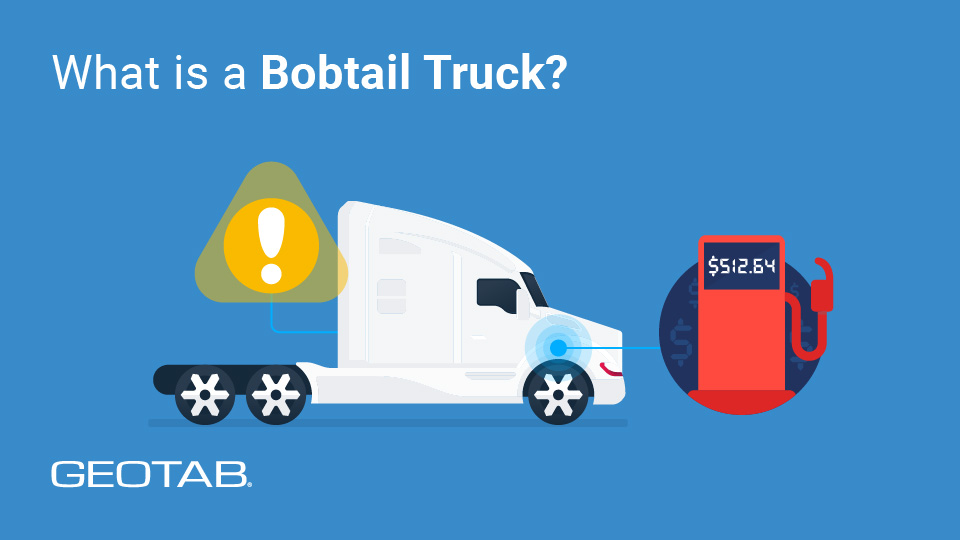
Definition
- The term “bobtail truck” refers to a semi-truck that operates without a trailer attached.
Trucking fleets have various vehicle types, each designed to meet different needs. One unique type of heavy truck is the bobtail truck — a semi-truck without an attached trailer.
Truck driver employment is projected to grow by 4% by 2032, which will open up new opportunities for specialized vehicles like bobtail trucks. Learn everything about bobtail trucks, including where the name comes from, the types of bobtail trucks and common risks of bobtail trucking.
What is a bobtail truck?
A bobtail truck is a semi-truck that operates without a trailer attached. This bobtailing configuration usually occurs when a truck driver drops off a trailer and needs to relocate their vehicle to either park at a terminal or pick up a new trailer.
Without the bulk of a trailer, bobtail trucks are more maneuverable, making it easier for drivers to find parking in tight terminal spaces or urban loading areas. Considering the current truck parking shortage, it’s a great advantage as drivers spend 56 minutes a day looking for parking.
Bobtail truck vs. box truck
Bobtail and box trucks may appear similar initially, but they serve very different roles in the transportation industry.
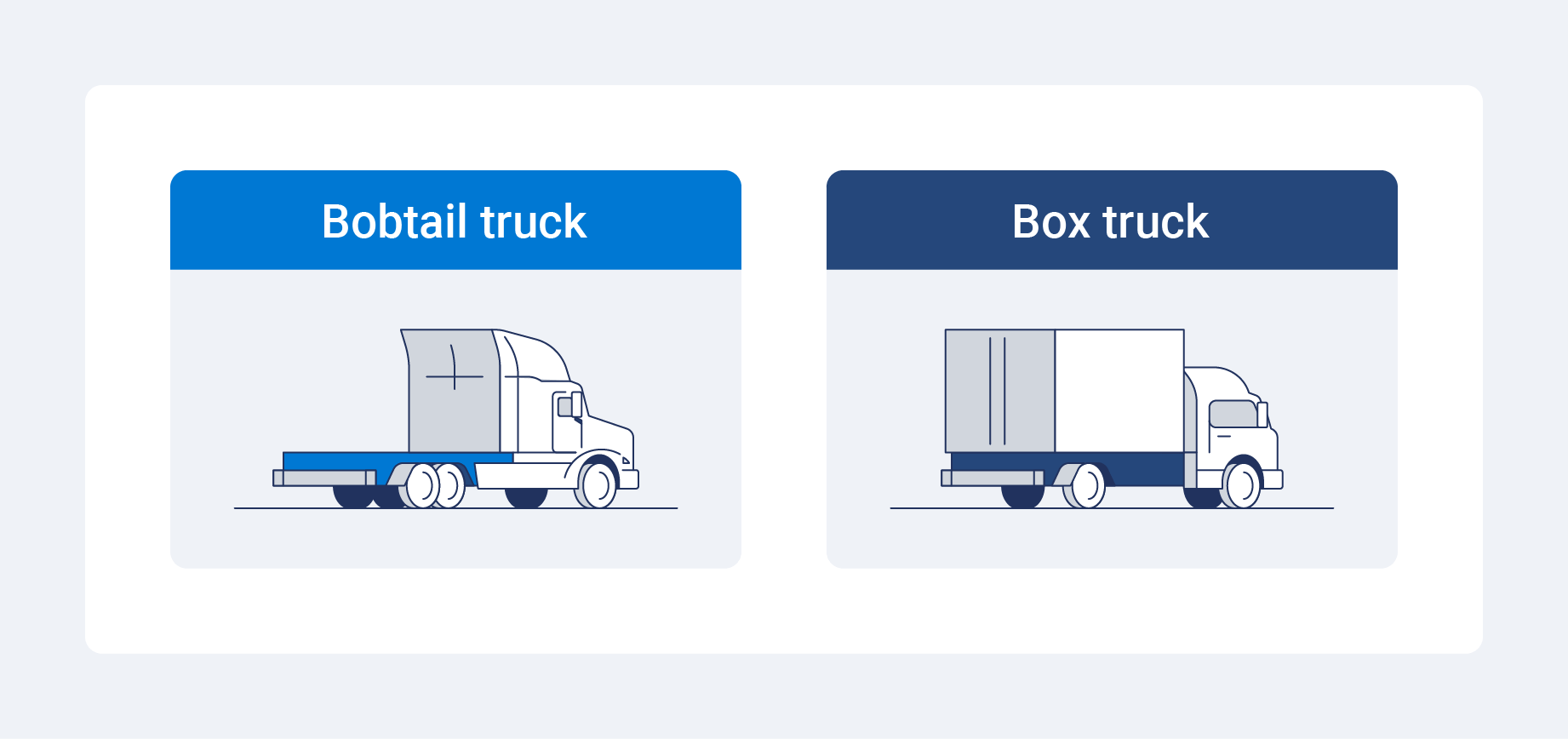
Here’s a head-on comparison of the two:
- Design: A bobtail trailer is a tractor unit operating without an attached trailer, while a box truck is a complete vehicle that includes an integrated, enclosed cargo box.
- Purpose: A bobtail truck is typically used for repositioning or when a trailer is unnecessary, whereas a box truck is designed specifically for local deliveries and moving services.
- Dynamics: The handling characteristics of a bobtail truck differ because it lacks the additional weight of a trailer, while a box truck benefits from a stable chassis that supports its enclosed cargo area.
- Protection: The cargo on a box truck is protected from the elements by its built-in enclosure, unlike a bobtail truck, which is not equipped with a dedicated cargo compartment.
Why is it called a bobtail?
“Bobtail” comes from the combination of two elements:
- The visual similarity between a semi-truck without a trailer
- A bobtail cat with a shortened tail, also known as a bobcat
Just as bobcats have shorter tails, a semi-truck without a trailer has a shorter appearance. This metaphor eventually became the industry term for tractor trucks traveling without attached cargo.
Other than referring to them as bobtail trucks, you might even hear people calling them bobtail tractors or bobtail trailers.
Why is bobtailing dangerous?
Driving a tractor without an attached trailer can be dangerous because it alters the vehicle's handling and braking performance. Here are some key risks associated with bobtailing:
- Reduced stability: Without a trailer, the center of gravity on a truck shifts to the front of the vehicle. This makes a bobtailing truck less stable on turns or in adverse weather compared to a truck with a trailer attached.
- Braking issues: Truck brakes are located on the rear wheels to stop both the tractor and trailer together. Because bobtail trucks have no trailer, the reduced weight on the back wheels reduces braking power and makes stopping less predictable.
- Handling difficulties: Bobtail trucks are more difficult to steer because the rear wheels produce less friction. This increases the risk of skidding or overturning, especially when driving on wet or icy roads.
- Driver fatigue: Drivers must constantly adjust to bobtail trucks' more sensitive handling and faster acceleration. This can lead to fatigue over long distances.
Why do truckers avoid bobtailing?
While bobtailing is a common practice for trucking fleets, most drivers try to avoid it unless it’s absolutely necessary.
Here are some key reasons:
- Safety concerns: The main reason to avoid bobtailing is that its handling and braking challenges increase the risk to both the driver and the truck.
- Insurance implications: This greater danger also means bobtailing comes with higher insurance costs, as the increased risks demand additional coverage.
- Economic drawbacks: When a truck is bobtailing, it isn’t hauling cargo and making money, but it still uses fuel and wears out its brakes and tires. This makes bobtailing both more expensive and riskier.
- Operational challenges: Electronic logging devices (ELDs) capture all driving time, so bobtailing trips count toward a driver’s hours of service, further reducing productive driving time and complicating scheduling.
These risks make driver retention harder. The increased safety risks and added physical and mental strain prompt many drivers to seek positions with safer and more predictable driving conditions. Having efficient driver retention strategies in place can help solve this issue.
Bobtailing vs. deadheading
Bobtailing refers to driving a tractor unit without an attached trailer, while deadheading means hauling an empty trailer after unloading it.
In bobtailing, the absence of a trailer can lead to altered handling and reduced braking power, making the vehicle less stable and riskier to operate. On the other hand, deadheading retains the trailer, which can help maintain vehicle stability even though it carries no cargo.
However, both practices result in non-revenue driving time, increased fuel consumption and additional wear and tear, impacting overall efficiency and profitability.
Types of bobtail trucks
There are several types of bobtail trucks, each tailored to specific transportation needs. Here are the most common ones you should know about:
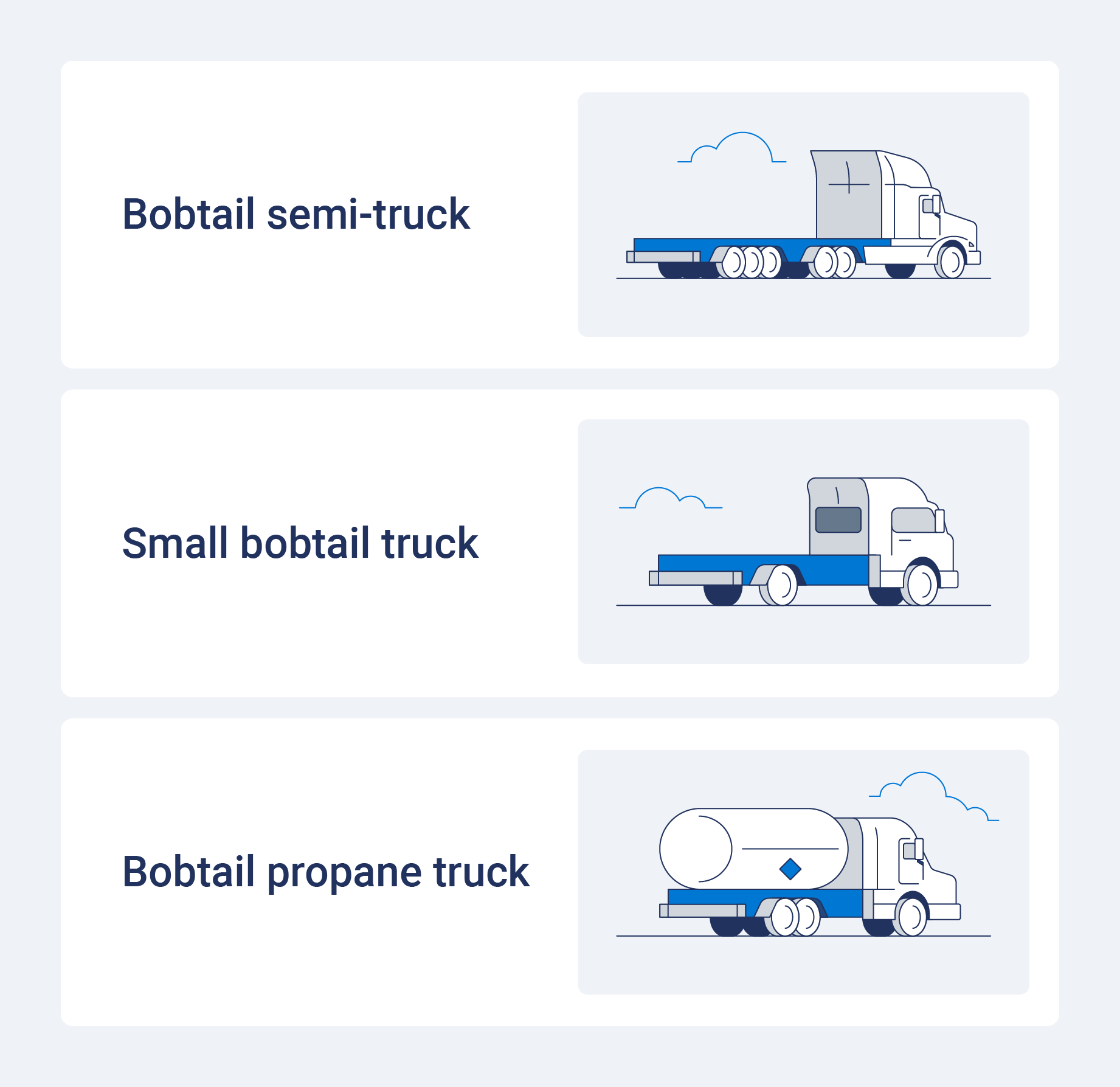
Bobtail semi-trucks
The most common form of bobtail trucking involves a standard semi-truck or tractor unit that operates without a trailer. Once these tractor trucks are ready to connect to a trailer full of cargo, the driver attaches the trailer with a fifth-wheel hitch.
Small bobtail trucks
These smaller trucks are often used for delivery services. They have all their axles connected to the same chassis, allowing them to operate independently without a trailer. They are common in short-haul or local deliveries of lighter loads like eggs or bakery products.
Bobtail propane trucks
Bobtail propane trucks are created by fitting a specially designed tank onto the rear bed of a small truck. Common in industries such as propane delivery, these trucks function as a single unit to safely transport liquid fuel, such as propane or gas.
Does a bobtail truck have to stop at scales?
While bobtail trucks are generally subject to the same weight enforcement regulations as other commercial vehicles, whether they must stop at scales depends on local laws and the vehicle’s weight.
If a bobtail truck falls within legal weight limits or is part of a pre-certified program, you might bypass a scale, but otherwise, you have to stop for inspection.
How much does a bobtail truck weigh?
A bobtail truck is a tractor unit on its own, and its weight can vary based on its make, model and equipment. A standard heavy-duty tractor unit typically weighs between 15,000 and 25,000 pounds when empty.
This weight is generally lower than that of a full tractor-trailer rig, but specific figures can differ depending on modifications, engine size and additional equipment installed on the truck.
How much is bobtail insurance?
Bobtail insurance covers a truck when it is operating without a trailer and is a common policy for trucking fleets. Bobtail insurance typically costs between $30 and $40 per month — or $360 to $480 per year. That said, several factors can influence the cost, including a driver’s record, fleet size, location where the truck operates and driving distance.
Here are some ways to lower your bobtail insurance premiums:
- Opt for bundled policies: Many insurers offer discounts when you bundle multiple policies, such as cargo, liability and bobtail coverage, which can lead to significant savings.
- Install safety and monitoring devices: Equipping your trucks with advanced safety features like telematics and AI dash cams can lower your risk profile and attract discounts from insurers.
- Increase deductibles: If you’re comfortable with higher out-of-pocket expenses in the event of a claim, raising your deductible can reduce your premium costs.
- Implement comprehensive driver coaching: Regular safety training programs and a strong focus on risk management can help maintain clean driving records, reducing the likelihood of claims.
Bobtail meaning in logistics: Quick summary
A bobtail truck is a tractor unit that operates without an attached trailer, influencing its handling, braking and overall safety profile. While this configuration offers flexibility for repositioning and specialized tasks, it also brings additional risks and operational challenges that impact efficiency and cost-effectiveness.
Understanding these nuances is essential for everyone in the trucking logistics industry since it helps balance efficiency with safety and cost-effectiveness. Vehicle telematics data solutions can also provide real-time insights into truck performance, driver behavior and maintenance needs.
Frequently Asked Questions
A bobtail truck is a tractor unit operating without an attached trailer, whereas a box truck is a chassis cab with an integrated, enclosed cargo area.
A semi typically consists of a tractor unit pulling an attached trailer. When a semi has no trailer, it is referred to as a bobtail.
A bobtail truck generally measures between 20 and 30 feet in length, though the exact size can vary by model and configuration.
Power-only trucking means the carrier supplies only the tractor unit while another party provides the trailer. It is often used for backhauls or specialized loads.
No bobtail parking indicates that parking restrictions prevent tractor units without trailers from being parked in designated areas.
Maintain a safe following distance when bobtailing since bobtail trucks have increased stopping distance and reduced traction. You should also increase your usual following distance when driving without a trailer, especially in bad weather or heavy traffic.
One safer alternative to bobtailing is deadheading, where the truck operates with an empty trailer attached to maintain better stability and braking performance. Additionally, using load matching services can help you secure backhauls or partial loads, reducing the need to drive without a trailer and ultimately lowering risk while improving profitability.
Other Stories
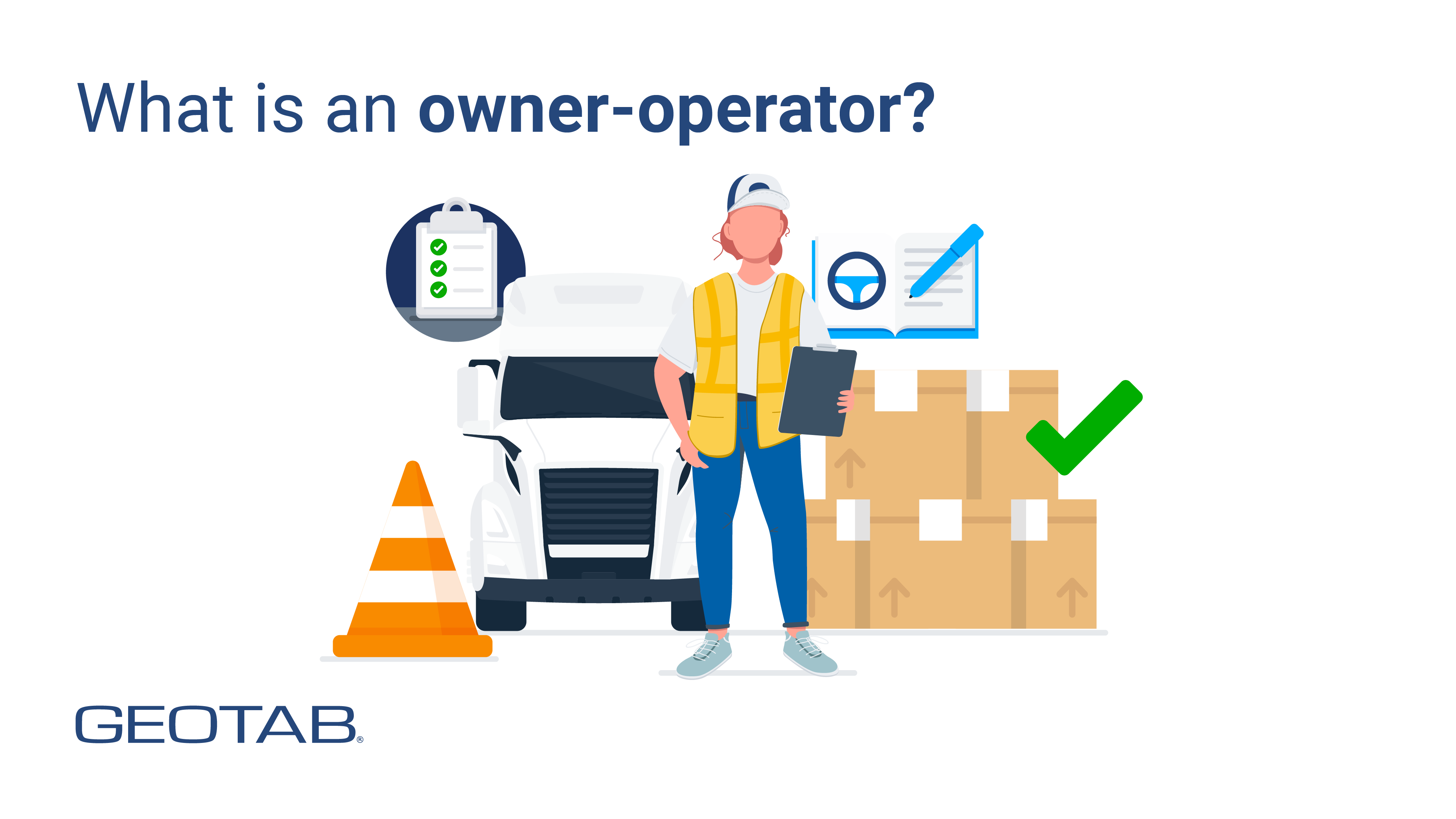
May 5, 2025
6 minute read
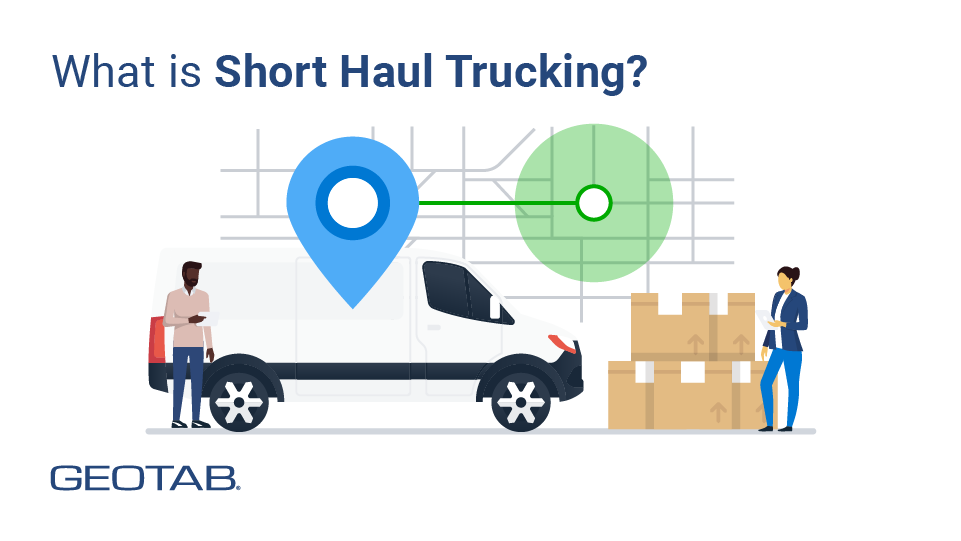
March 20, 2025
4 minute read
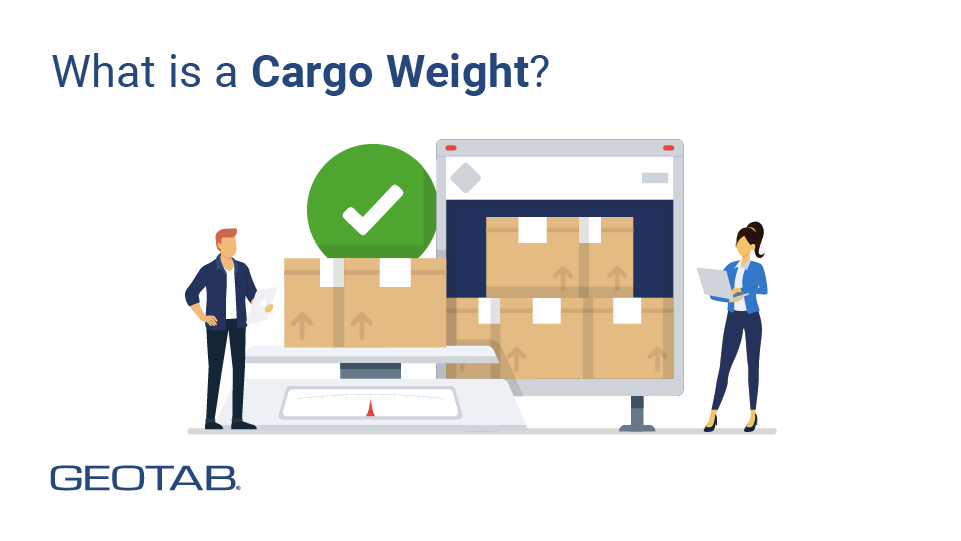
March 20, 2025
3 minute read